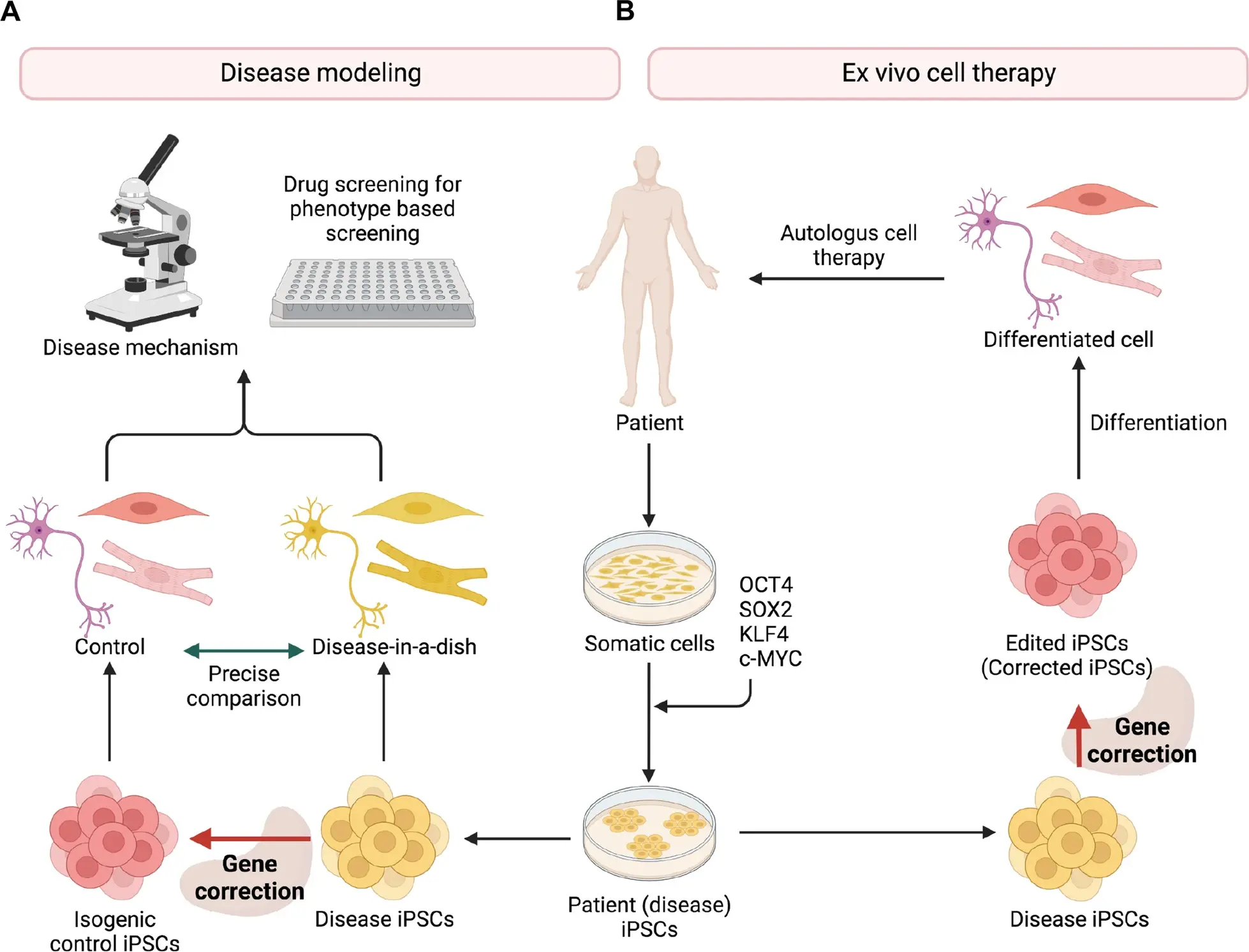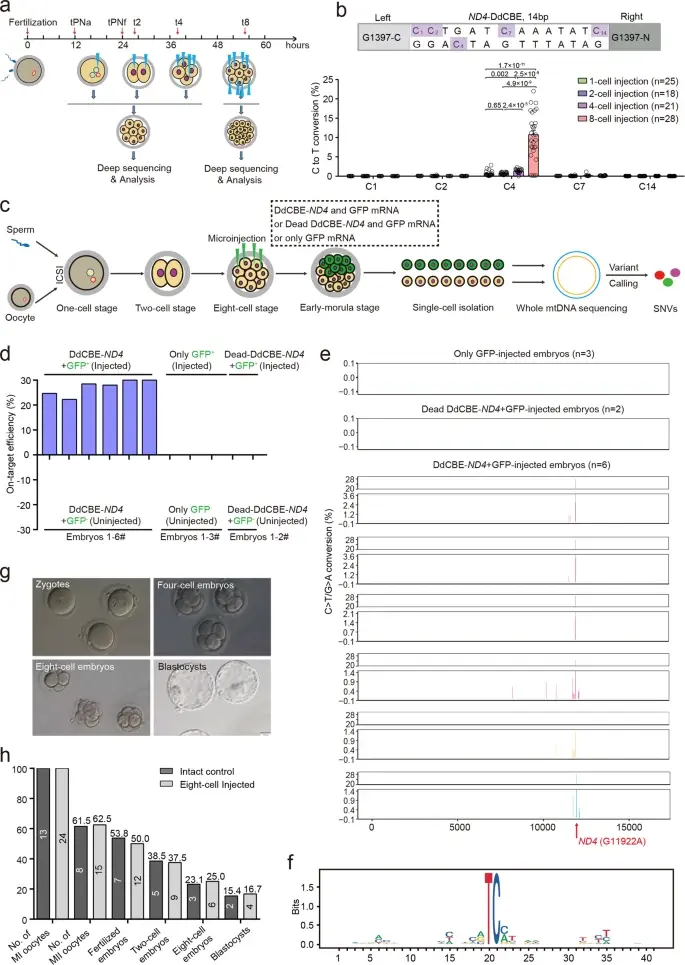Precision Without Scissors: Gene Editing in Human Embryos Using Base Editors
Over the past decade, CRISPR-Cas9 has become the flagship tool of genome editing. But while it revolutionized genetic engineering by allowing scientists to "cut and paste" DNA with relative ease, it also brought concerns — particularly the risk of off-target mutations, DNA damage, and chromosomal rearrangements. This is where base editors emerge as a next-generation alternative. Rather than breaking both strands of DNA, base editors chemically convert one nucleotide to another, such as changing a C•G base pair to a T•A base pair, using a catalytically impaired Cas protein fused to a deaminase enzyme. This allows for precise and efficient correction of point mutations, which make up nearly 60% of known genetic diseases, while minimizing the risks associated with traditional gene editing. As the technology matures, base editors are rapidly becoming the preferred tool for applications that demand surgical precision at the molecular level.
Gene editing with in human pluripotent stem cells
Editing at the Earliest Stage: Human Embryo Applications
The application of base editing in human embryos represents one of the most groundbreaking and controversial developments in reproductive biotechnology. By introducing base editors into fertilized embryos at the zygote or early blastocyst stage, scientists can correct pathogenic mutations before any cells have differentiated. Recent studies have demonstrated the feasibility of correcting mutations associated with β-thalassemia, hereditary blindness (CEP290 mutation), and hypertrophic cardiomyopathy. The advantage of this approach is profound: it offers the possibility of preventing inherited genetic disorders before implantation, thereby eliminating the disease from the patient's lineage. While current applications remain strictly experimental and are regulated under stringent ethical frameworks, the technology opens the door to heritable, pre-emptive therapies that could transform how we approach rare and monogenic disorders.
Human 8-cell embryos mediate robust mitochondrial base editing with DdCBE
A New Layer of Safety in Germline Editing
One of the most appealing features of base editing especially in the context of human embryos is its enhanced safety profile compared to earlier gene-editing systems. Traditional CRISPR introduces double-stranded breaks (DSBs) in the genome, which must be repaired by the cell’s natural repair mechanisms. However, these mechanisms are error-prone and can lead to unintended insertions, deletions (indels), or chromosomal abnormalities. Base editors bypass this risk by modifying the DNA without cutting it, significantly reducing the chance of off-target effects and large-scale genomic rearrangements. In embryonic cells, where precision is critical and any error becomes permanent in all future cells of the organism, this low-risk profile is essential. Studies using high-throughput sequencing methods have shown that base editors can achieve high editing accuracy with minimal byproducts, making them a promising option for clinical translation in reproductive medicine.
Looking Ahead: Redefining Genetic Medicine
As base editing technology continues to evolve, it is poised to redefine the landscape of genetic medicine. With its unparalleled precision and broad applicability, base editing holds promise for everything from correcting inborn errors in metabolism to reversing age-related genetic damage. For now, its use in human embryos is limited to research settings, but momentum is building. Researchers, clinicians, policymakers, and ethicists must work together to establish frameworks that balance innovation with caution, ensuring that this powerful technology is used ethically and equitably. If successful, base editing could become one of the most significant biotechnological tools of our generation offering the possibility to prevent genetic disease not just in one person, but in all their descendants.

